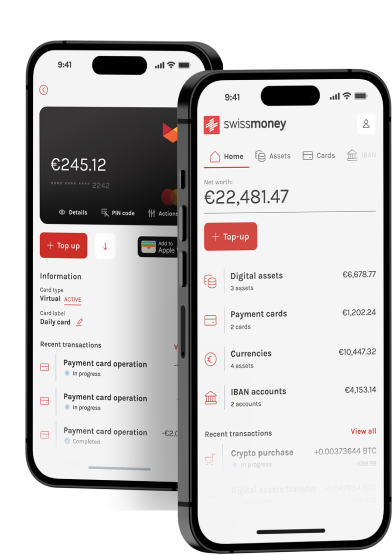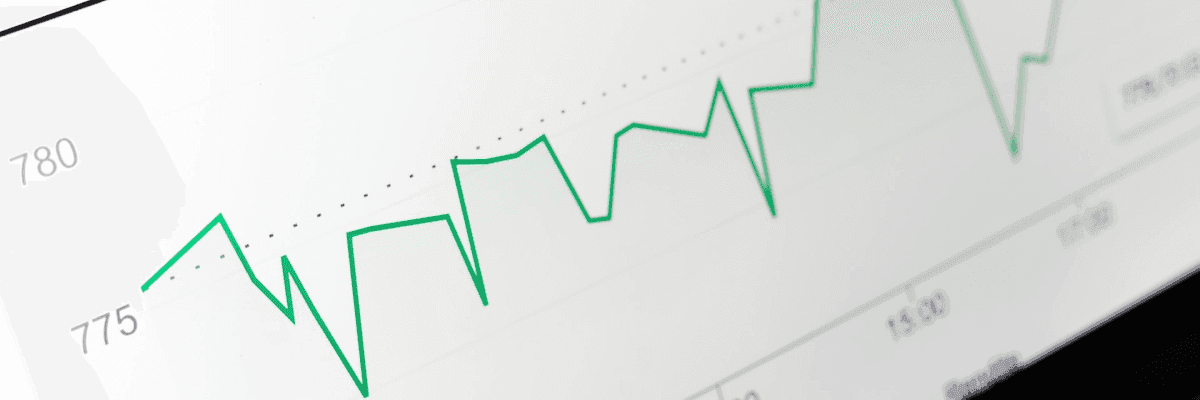Calculating exchange rates can be a confusing task, especially for people just entering the world of international finance. However, understanding how to calculate exchange rates is essential for anyone who travels abroad, works with international clients, or invests in foreign currencies.
Exchange rates are crucial in the global economy, affecting everything from tourism and trade to corporate profits and stock prices.
In this article, you will learn about what exchange rate entails and the simple and easy-to-follow steps of calculating exchange rates, providing you with the knowledge to navigate the world of foreign exchange.
What is an exchange rate?
An exchange rate is the value of one currency expressed in terms of another currency. Exchange rates play a vital role in international trade and finance. They determine the relative value of different currencies and affect the flow of goods, services, and capital between countries. Exchange rates are calculated based on supply and demand in the foreign exchange market.
What is the formula for calculating the exchange rate?

The formula for calculating the exchange rate is: Exchange Rate = (Value of One Currency / Value of Another Currency)
Exchange rates are calculated in the foreign exchange markets, where financial institutions, including central banks, actively trade foreign currencies. Most exchange rate calculations involve the domestic currency versus foreign currency required for currency conversion, forex trading, or currency exchange services.
The market exchange rate is determined by the supply and demand for the currencies in the international market, impacted by trades, interest rates, political turmoil, and world trade. The official exchange rate is a fixed exchange rate set by a country’s government or central bank, which can be closely related to the market rate or differ significantly from it.
When sending money abroad or converting currency, the currency exchange shops and services use the market price to calculate how many units of the new currency you can get in exchange for your original currency.
To calculate the exchange rate, multiply the value of one currency by the corresponding value of another currency. For example, to find out how many US dollars you would get for 100 euros, you would multiply the value of 100 euros by the exchange rate between euros and US dollars.
The exchange rates are closely monitored by international investors, and a market correction can have a significant impact on the value of a country’s currency, including the British pound or the Japanese yen.
How do you manually calculate exchange rates?
- Determine the currency pair
Know which currencies you want to convert. For example, let’s say you want to convert US dollars to British pounds. The currency pair for this would be USD/GBP. - Find the current exchange rate
Exchange rates are not fixed and can fluctuate frequently. You can find the current exchange rate for your currency pair by checking financial news sources, forex trading platforms, or online currency conversion calculators. - Write down the exchange rate
Assuming the exchange rate for USD/GBP is 0.72 (meaning one US dollar is worth 0.72 British pounds). Write this down. - Determine the amount to convert
Decide on the amount you want to convert. For example, let’s say you want to convert $500 US dollars to British pounds. - Multiply the amount by the exchange rate
To convert USD to GBP, you need to multiply the amount of USD by the exchange rate. Using our example, you would multiply $500 by 0.72 to get £360. - Round the result
In real-world situations, the exchange rate may be more precise than two decimal points, but for practical purposes, it’s usually rounded to two decimal places. In our example, the result would be rounded to £360. - Confirm the result
Double-check your calculation to ensure you’ve applied the correct exchange rate and the correct amount to convert.

Try the New swissmoney App
All-in-One financial platform for all of your crypto and fiat needs.
Do you multiply or divide to convert currency?
If you want to convert from one currency to the other, you multiply the amount of the original currency by the exchange rate.
For example, if you want to convert $100 US dollars to Chinese yuan, multiply $100 by the current exchange rate for USD/CNY.
On the other hand, if you want to convert from one currency back to the original currency, you divide the amount of the second currency by the exchange rate. For instance, if you want to convert the ¥360 Chinese Yuan back to US dollars, you would divide ¥360 by the current exchange rate for USD/CNY.
Types of exchange rates?

Flexible exchange rate
Flexible exchange rates are determined by the market forces of supply and demand in the foreign exchange market. Developed countries, including the United States, Japan, and the United Kingdom, often use flexible exchange rates.
In a flexible exchange rate system, the exchange rate adjusts automatically to changes in supply and demand. When the demand for a currency increases, its value goes up, and when the demand decreases, its value decreases. This means that the exchange rate is always changing and is not fixed.
A flexible exchange rate allows for a self-correction mechanism that can help to stabilize the economy. For example, if a country’s currency is overvalued, its exports will be more expensive, making them less attractive to foreign buyers. As a result, export demand may decrease, and the country’s economy may slow down. In this case, a flexible exchange rate would help correct the imbalance by decreasing the currency’s value, making exports cheaper and more attractive to foreign buyers. This can result in an increase in demand for exports, which can stimulate economic growth.
However, a flexible exchange rate can make international trade and investment more uncertain, as the exchange rate can fluctuate rapidly. This can be challenging for businesses that rely on stable exchange rates for planning and budgeting purposes.
Fixed exchange rates
Fixed exchange rates are an exchange rate system where the value of a country’s currency is set by the government or the central bank and maintained at a fixed rate against another major currency.
One of its benefits is that it provides stability and predictability for businesses and investors who engage in international trade and investment. It also promotes economic stability as it helps to prevent sudden and large fluctuations in the exchange rate, which can lead to market volatility and economic uncertainty.
However, fixed exchange rates can also be vulnerable to market pressures and can create imbalances in trade and investment between countries. For instance, if a country’s exchange rate is fixed artificially high, it can make its exports more expensive and less competitive on the global market, leading to a trade deficit. On the other hand, if the exchange rate is fixed at an artificially low level, it can make imports more expensive and lead to inflation.
In conclusion, calculating exchange rates is essential for anyone traveling internationally or engaging in foreign trade. By understanding the exchange rate formula and the different types of exchange rates, you can make informed decisions when exchanging currencies and avoid unnecessary fees or losses.

